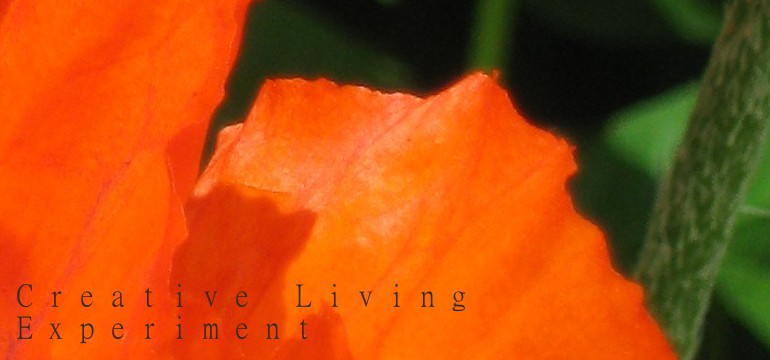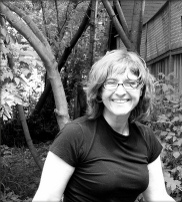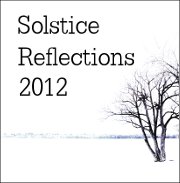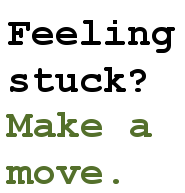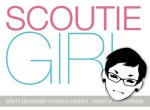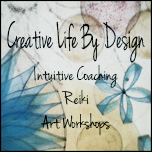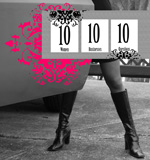What's Your Cue?
 Tuesday, January 24, 2012 at 02:20PM
Tuesday, January 24, 2012 at 02:20PM lighting my office candle usually signals that I'm settling down
with my Higher Power to work or play at something special
Cues, signals, triggers, we see them all over the place. I'm not talking about signals like body language here (though they're important too!), I'm talking about aids - mostly visual, sometimes ritual - we use to prompt us into action.
I often use cues to help me achieve what I want to achieve:
I put a boot in the middle of the entrance floor to remind me to re-start the dryer I stopped in mid-cycle before I left the house (call me paranoid but I don't like to leave the dryer running when there's no one home).
I place my bills in my line of sight at the computer so I don't forget to pay them.
My husband and I leave the yoga mat where we'll see it to remind each other to work out - he leaves it by the couch for me and I leave it in his man cave, usually close to his desk.
the Magic Yoga Mat prompts me to exercise
Often, before I paint or work on a special task or project, I light a candle and meditate on its flame for a few seconds, grounding myself and opening myself to inspiration from my Higher Power.
From the mundane to the not-so-mundane, cues serve me every day.
How do - or could - they serve you?
 Steph |
Steph |  2 Comments |
2 Comments |  Goals & Productivity
Goals & Productivity Follow me on Twitter and Facebook. Join the mailing list.
